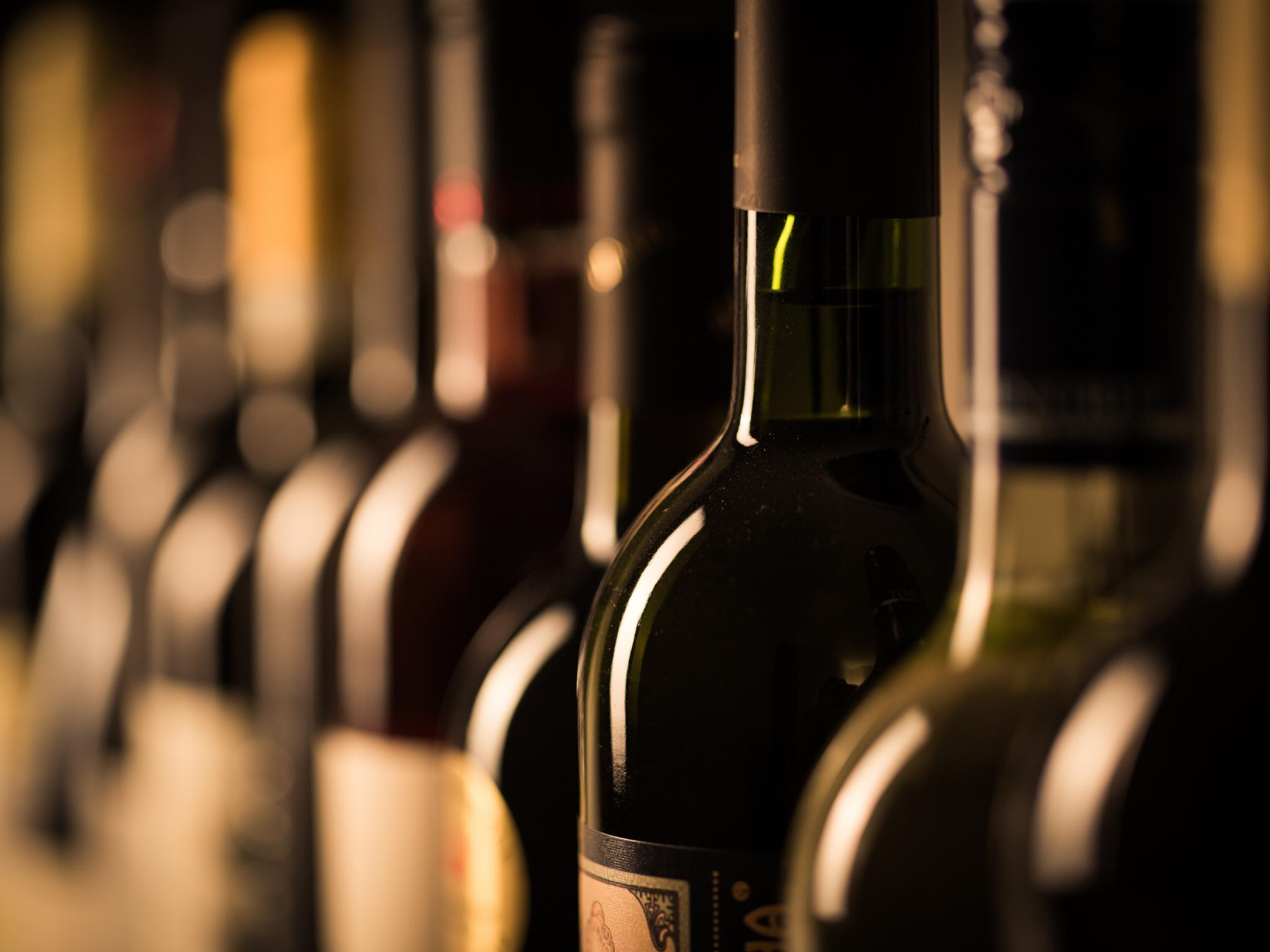
Some of the more standard alternative investments include real estate investment trusts (REITs), private equity, hedge funds and venture capital. One alternative investment benchmark, the Liv-ex Fine Wine 1000, represents 1,000 investment grade wines and has returned 8.6% year-to-date (YTD). Its return looks even better when you consider that many traditional investments, including the S&P 500 (YTD return of -16.13%), have seen large losses.
It might seem unexpected, but wine is a growing alternative investment class. It’s becoming even easier to gain exposure to this asset class via alternative investment platforms and consumer staples exchange-traded funds (ETFs).
Why Invest in Wine?
Limited Supply: Wine is a finite asset. While lower-quality wine is relatively common, fine wines are rare. These wines can be classified as investment-grade since they have sufficient demand in the secondary market to support ongoing price growth.
Vintners bottle fine wine in limited amounts under strict conditions and have to attain many standards. For example, most fine wines come from well-established vineyards like those in Bordeaux and Tuscany. These wines should have the right mix of acidity, alcohol, flavor and tannins to increase in quality as they age.
Every investment-grade wine must be rated classic or 95/100 by a professional wine critic. Once these wines enter their drinking windows, demand grows and supply falls, resulting in stable long-term growth.
Diversification:Regardless of the economy, wine and other alcoholic beverages will continue to be in demand. For instance, alcohol sales rose by 20% from March 2020 to September 2020 during the worst months of the COVID-19 pandemic. The one-year return of the Liv-ex Fine Wine 1000 index is 24.6%, compared to the S&P 500’s one-year return of -1.18%.
The Liv-ex Fine Wine 1000 index is fairly diversified since it includes several sub wine indices like the Bordeaux 500, Bordeaux Legends 40, Burgundy 150, Champagne 50, Rhone 100, Italy 100 and the Rest of the World 60. As the names imply, each of these sub indices tracks investment-grade wine from wine hot spots like Bordeaux, Burgundy and Champagne.
Investing in wine can provide higher returns that can beat inflation and aren’t subject to the many factors that make equity markets so volatile.
Consumer Staples ETFs
Besides investing in physical wine bottles, investors can gain exposure to this sector via consumer staples ETFs. No ETFs specifically focus on wine, but consumer staples ETFs own companies that produce alcoholic beverages.
This method won’t be as direct compared to VinoVest or Vint, but these ETFs could be more accessible for the average investor. These ETFs are easier to buy and sell since it can take two to three weeks to amass wine portfolios with VinoVest.
One top consumer staples ETF is the Consumer Staples Select Sector SPDR Fund (NYSE:XLP), with one of its top holdings being Constellation Brands Inc. (NYSE:STZ) at 2%. Constellation Brands owns several popular wine brands including The Prisoner Wine Company and Kim Crawford.
This ETF also has exposure to beverage companies like Molson Coors Beverage Co. (NYSE:TAP) and Altria Group Inc. (NYSE:MO). Altria is mainly known for producing tobacco products, but it has significant ownership in the beer company, Anheuser-Busch InBev (NYSE:BUD).
From a financial standpoint, this ETF offers a respectable 2.21% yield and a low P/E ratio of 3.55%. However, it has a relatively high expense ratio of 1%, which is much higher than the average asset-weighted expense ratio of U.S. funds of 0.45%.
Related: How to Maximize Returns by Investing in Bottles of Wine
Final Note
Wine is often overlooked as an alternative investment class, compared to private real estate, private equity and venture capital. However, wine tends to stay in demand regardless of the economy. Wine is a physical asset, with the best highest quality wines being considered investment grade.
It’s becoming easier to invest in fine wine thanks to alternative investment platforms and consumer staples ETFs.
Image by l i g h t p o e t on Shutterstock







